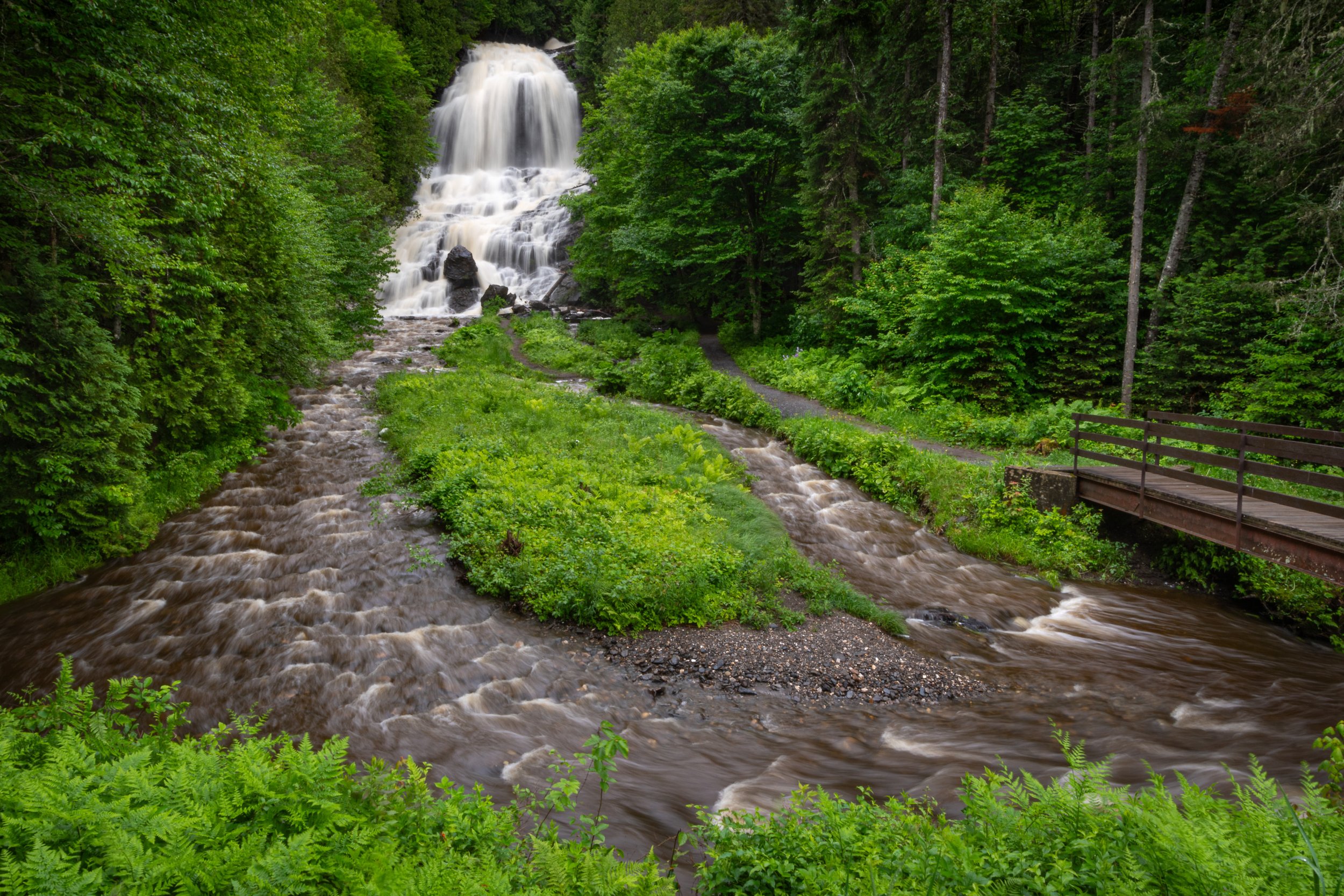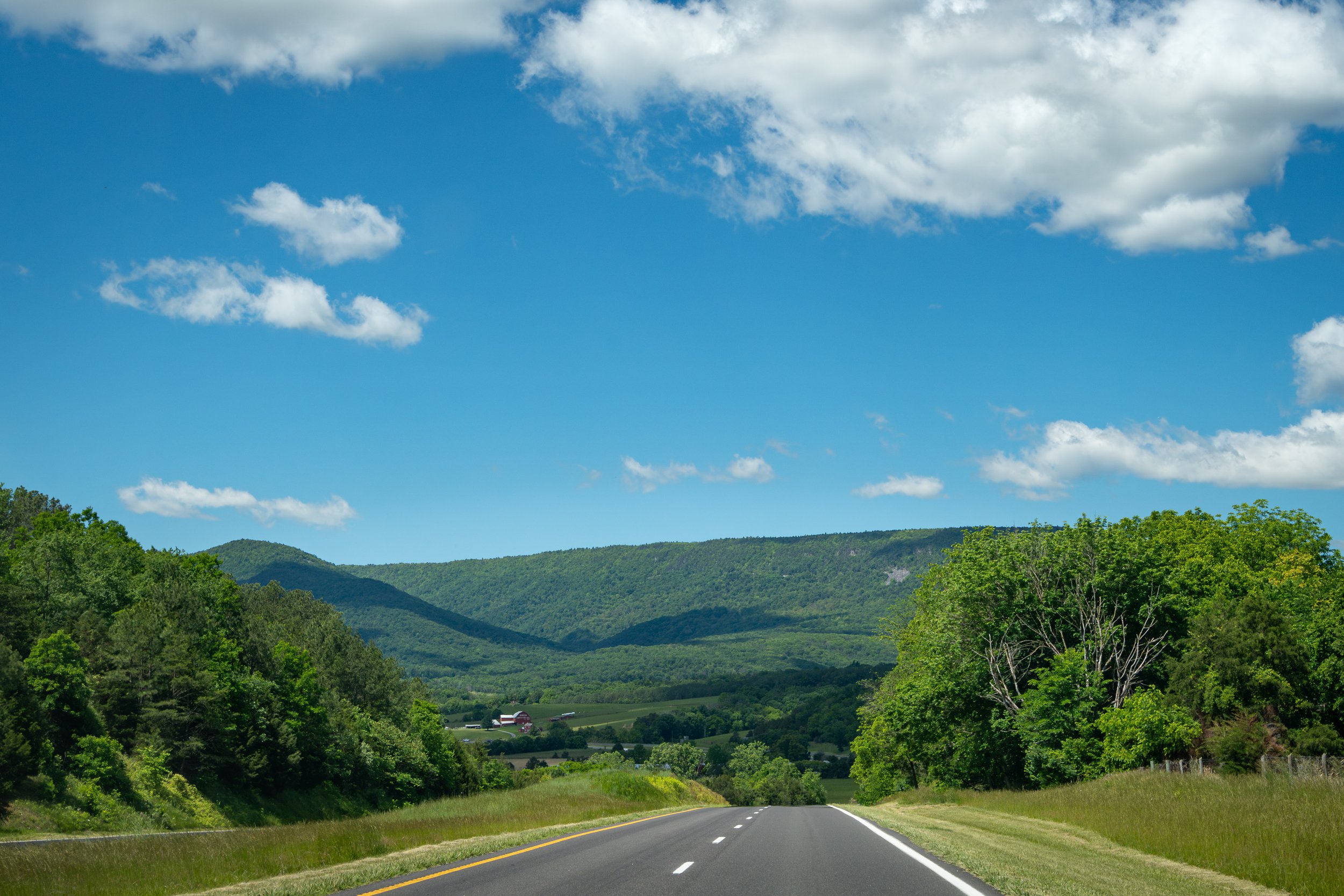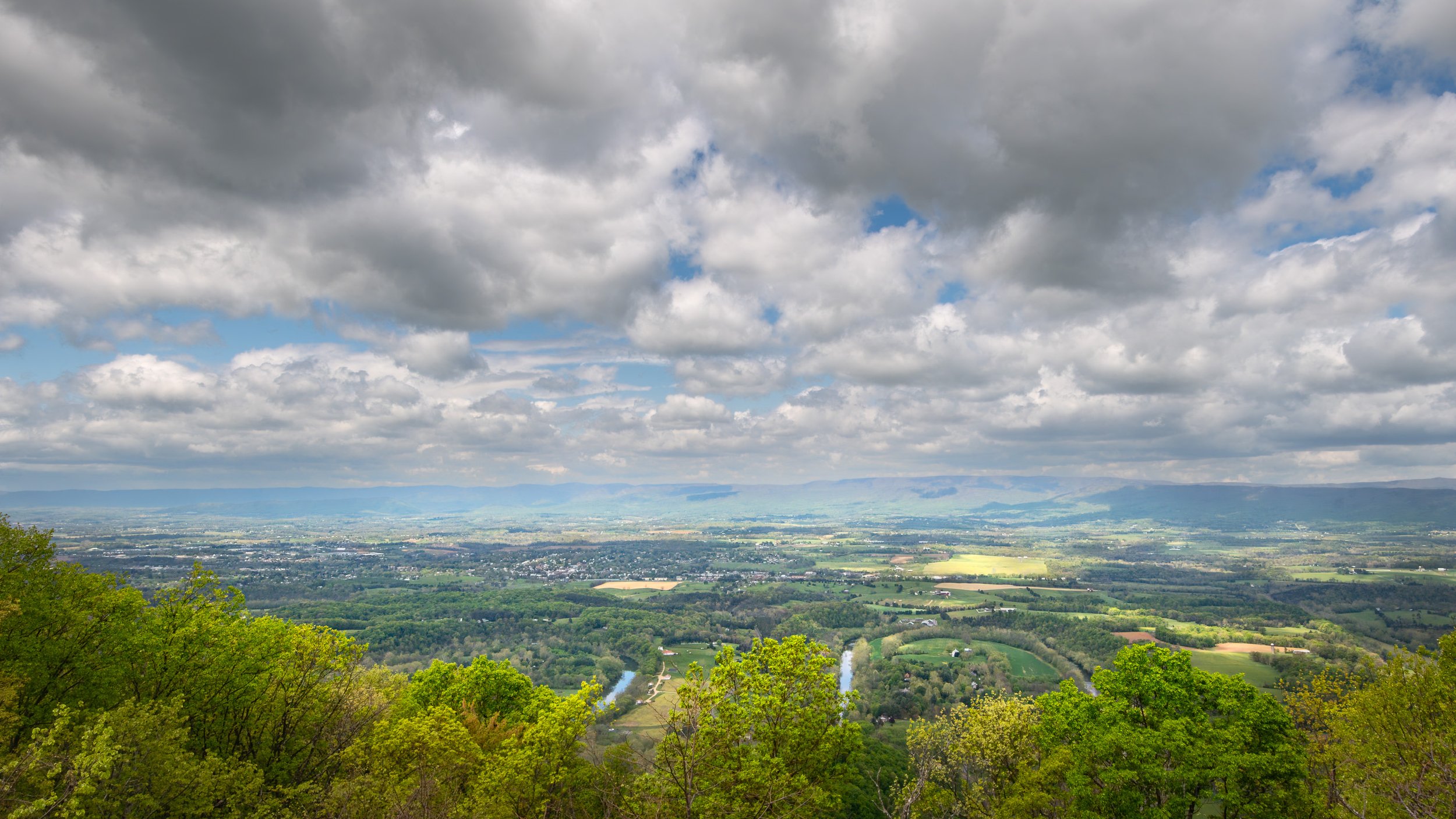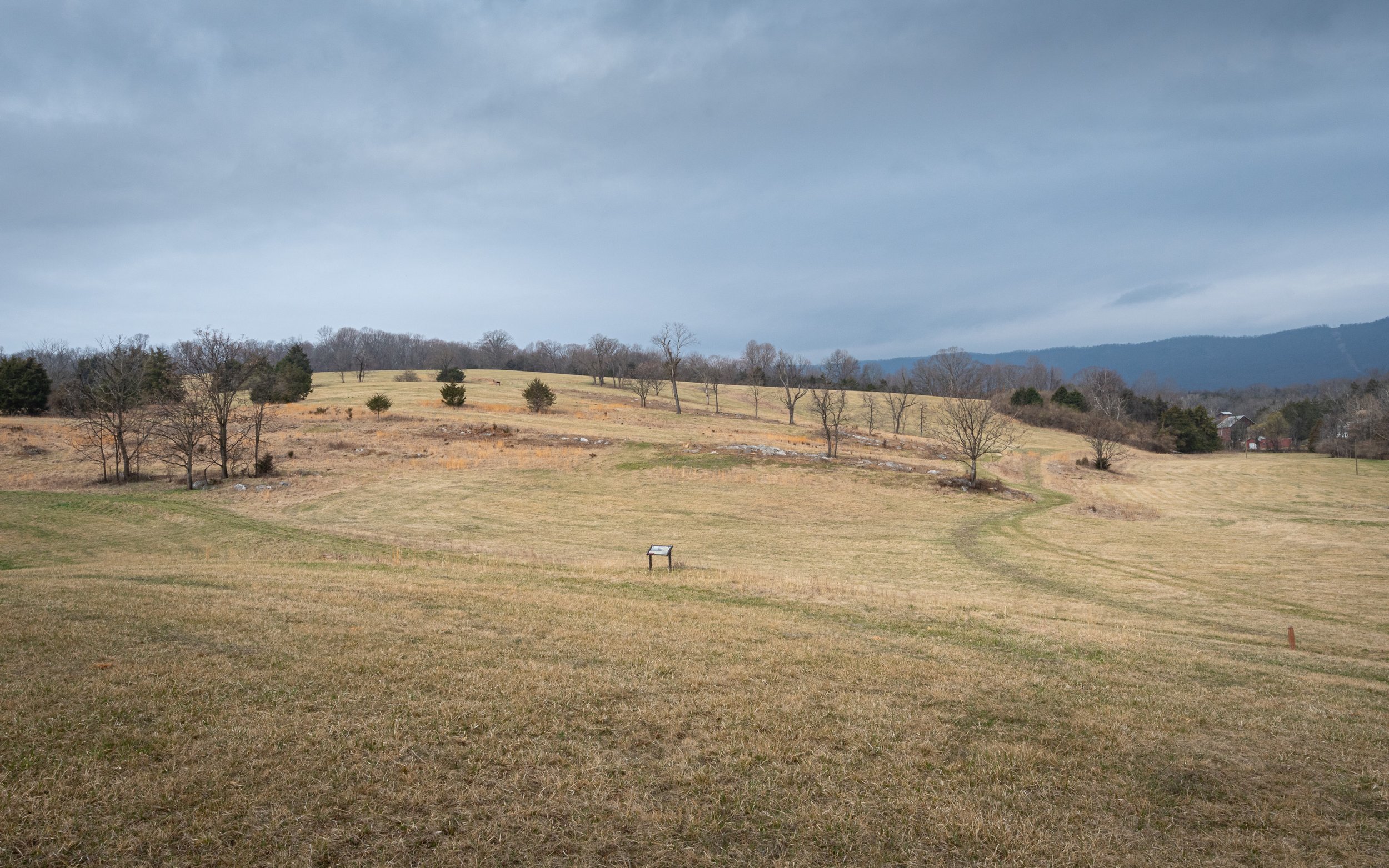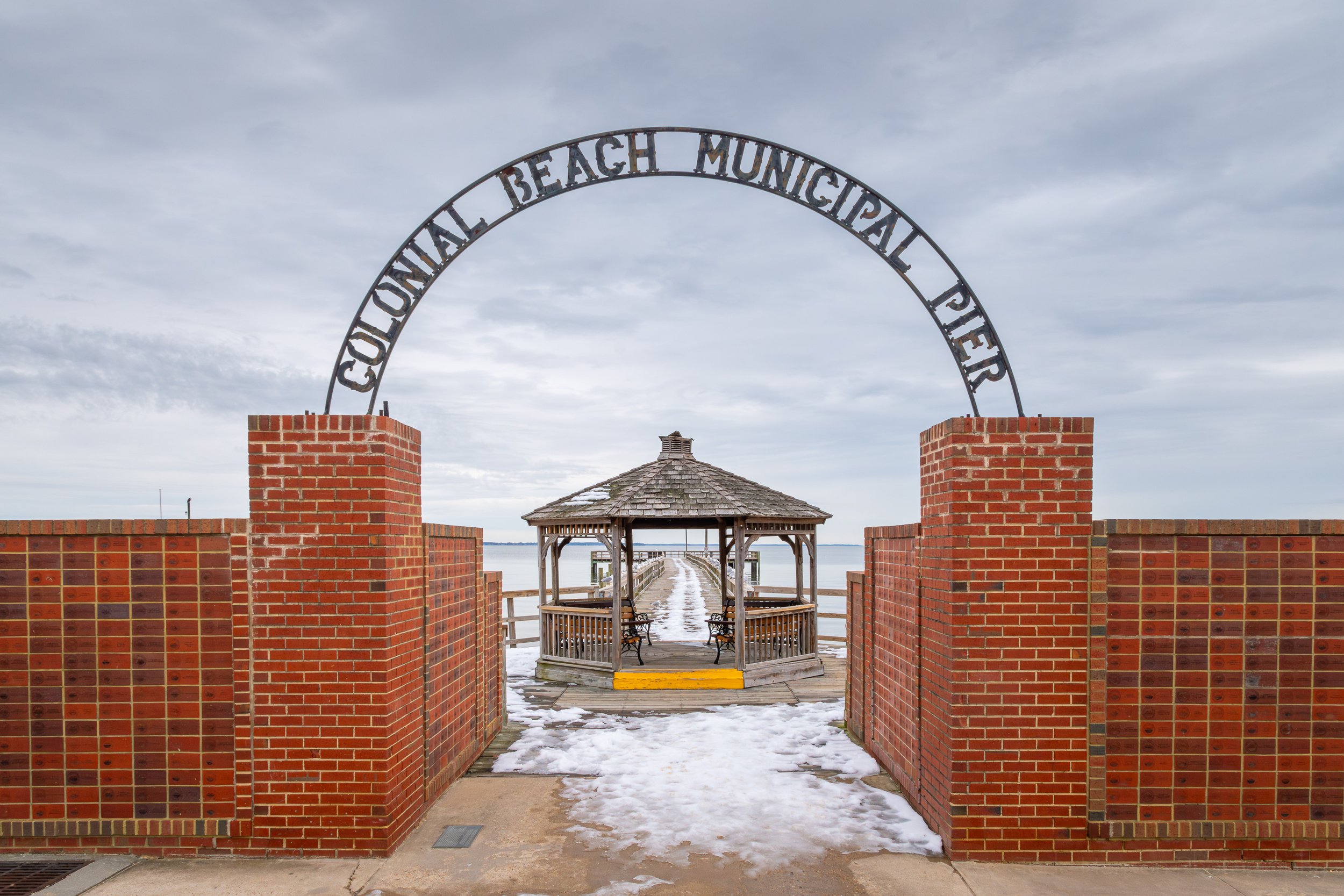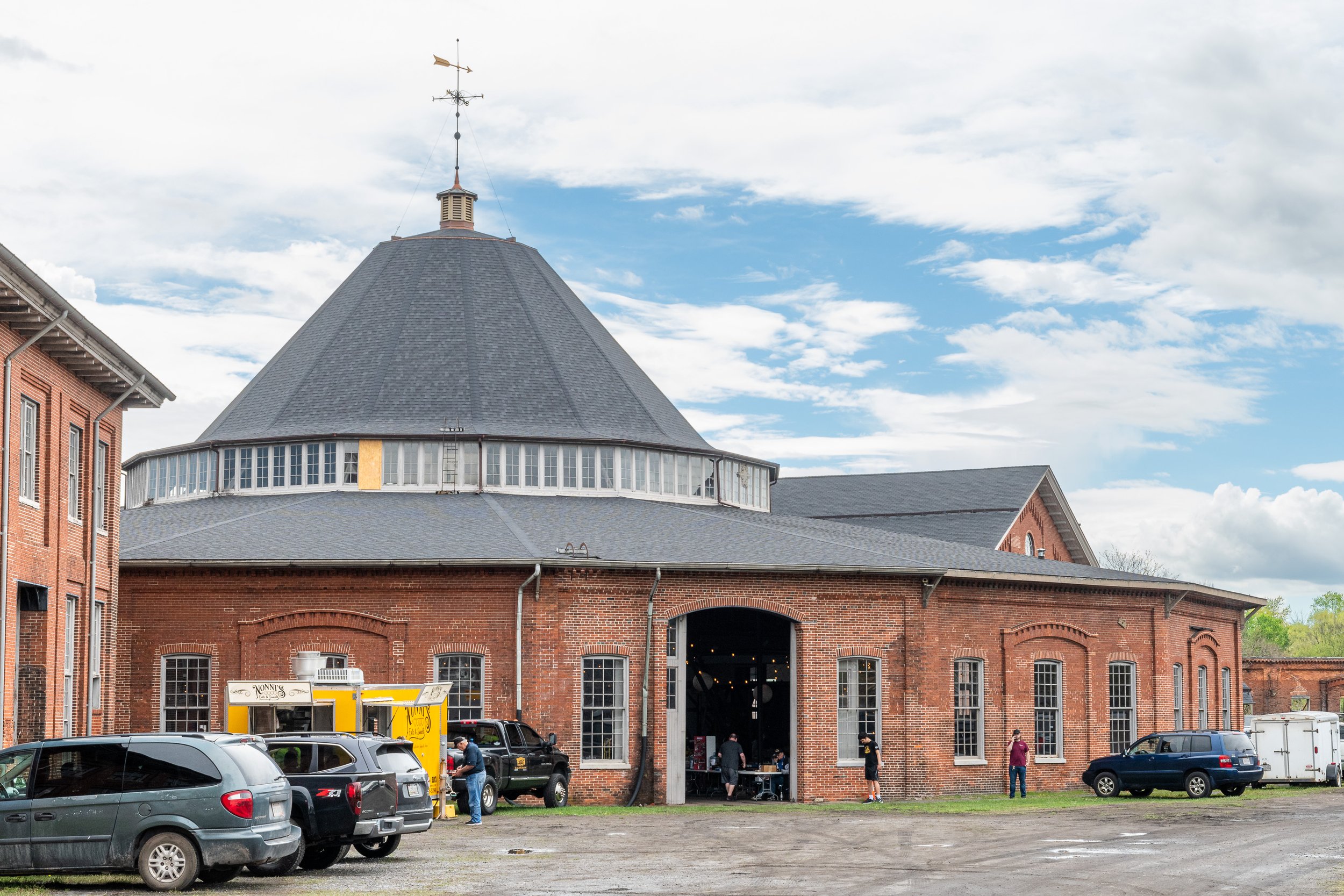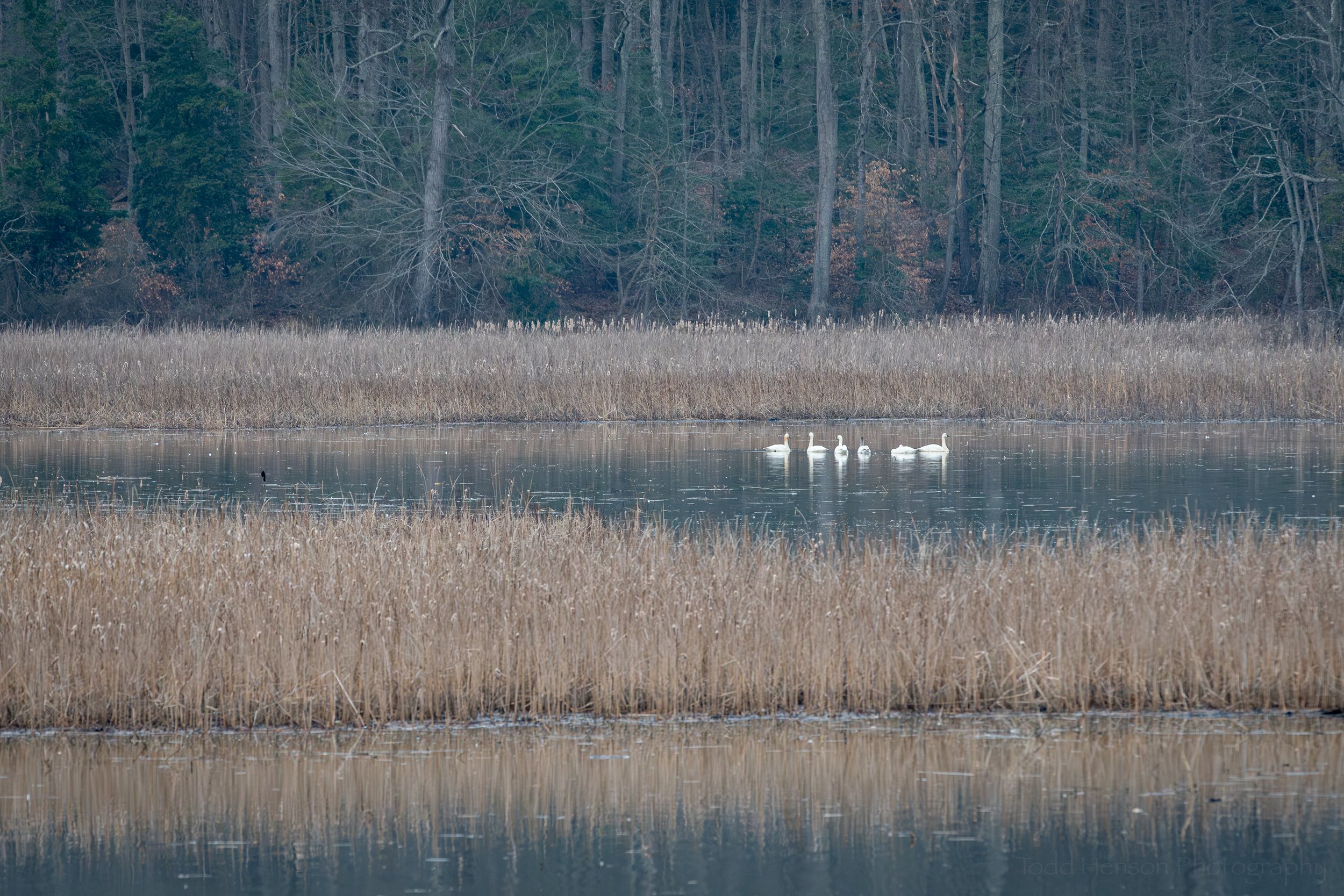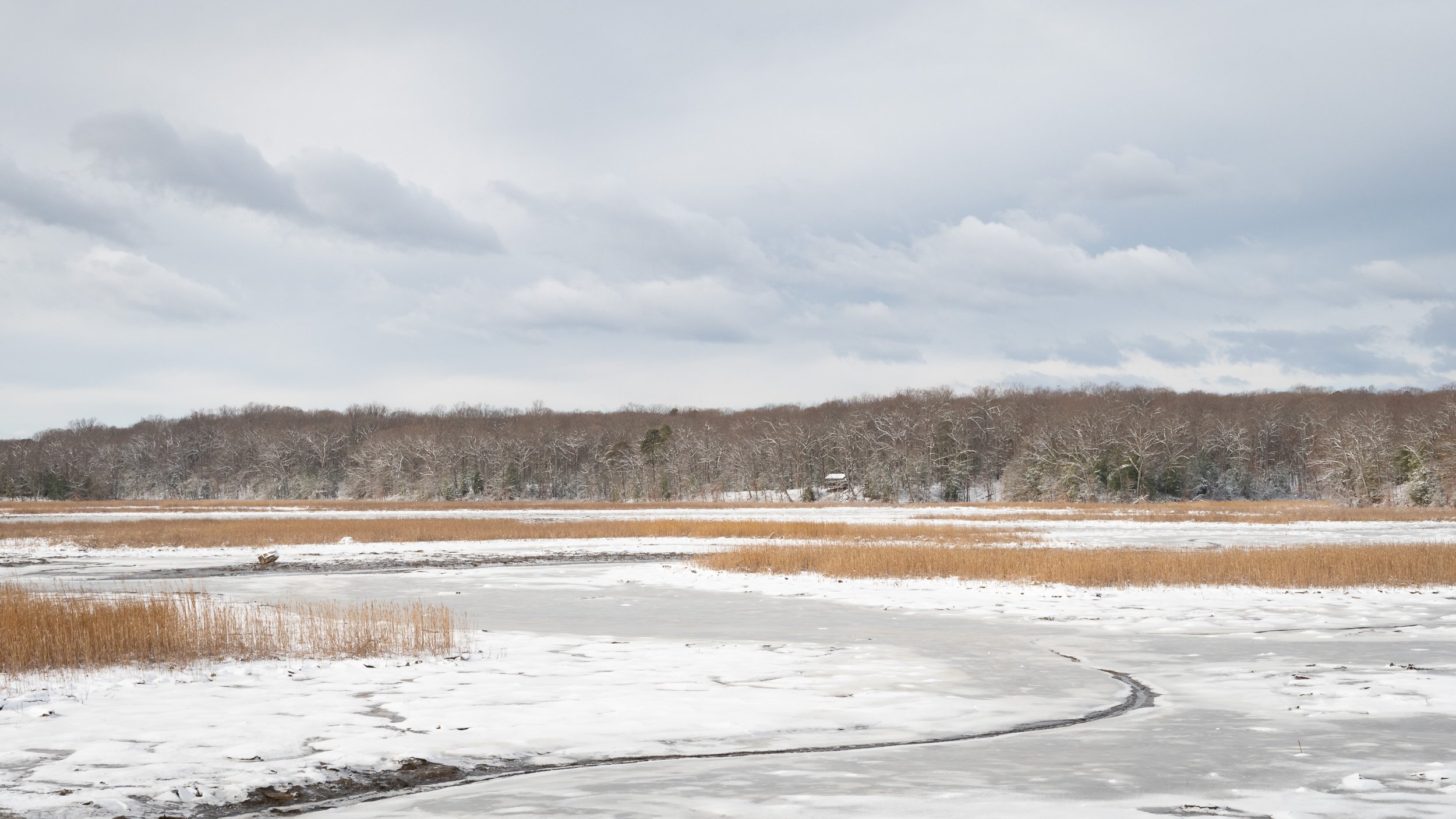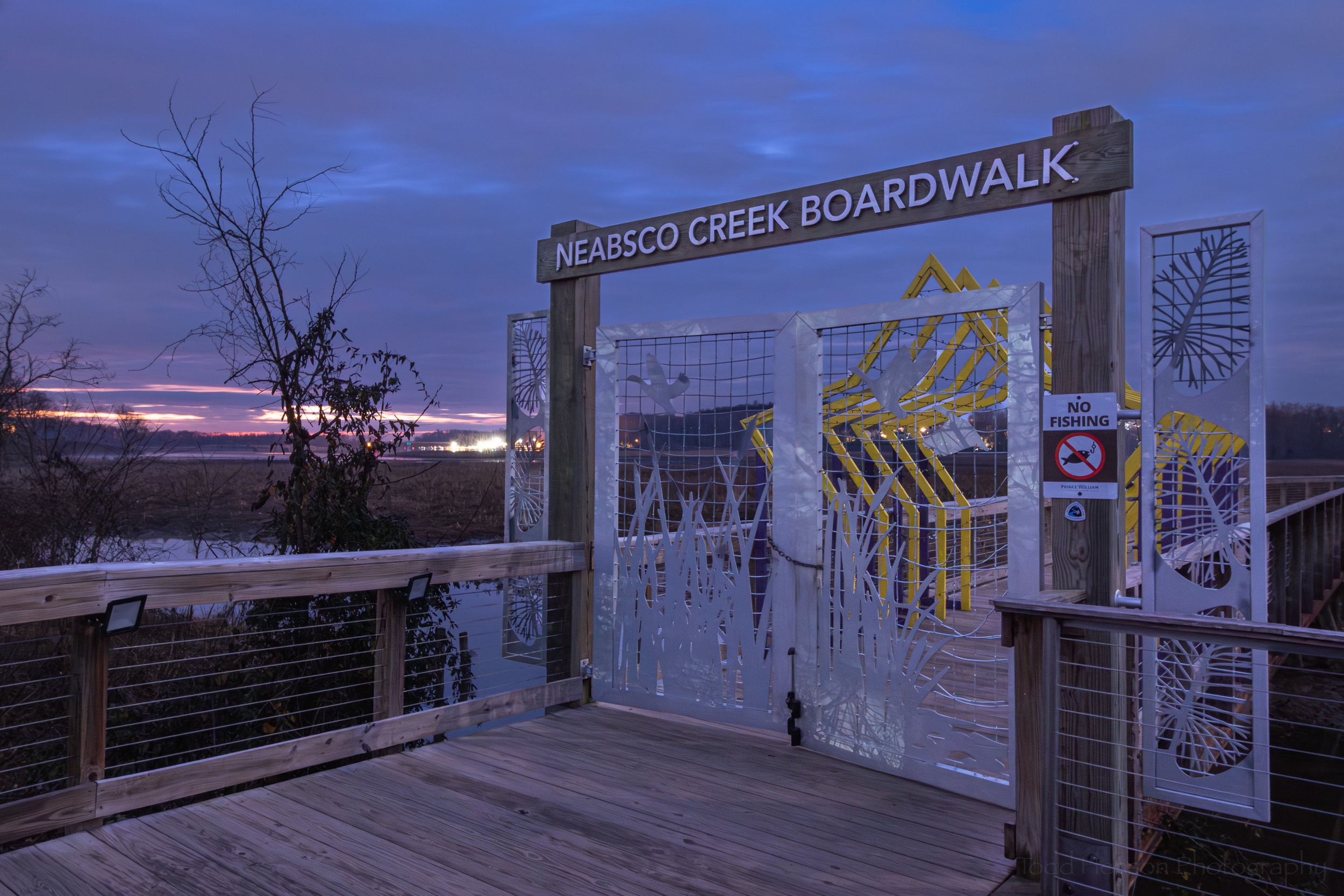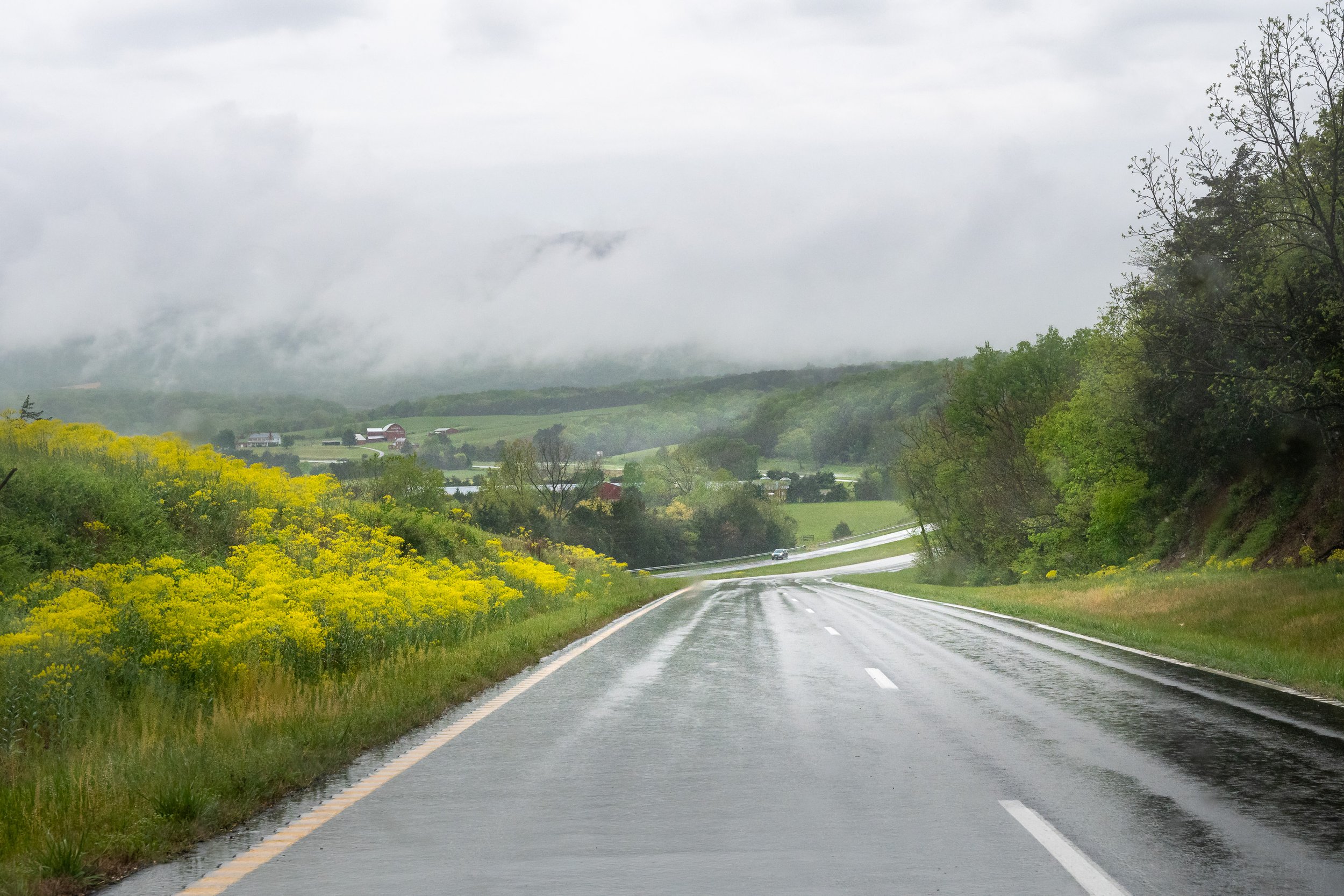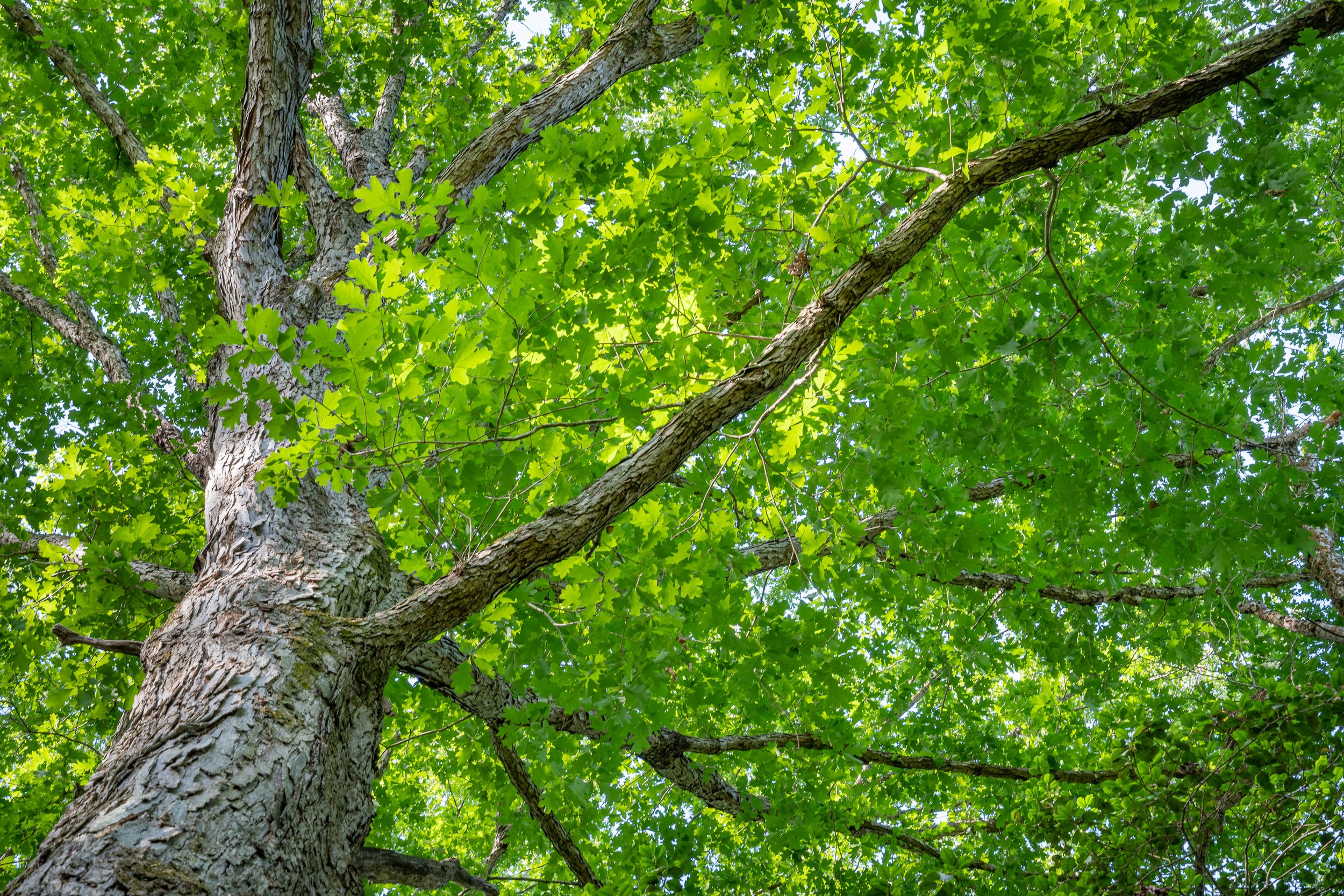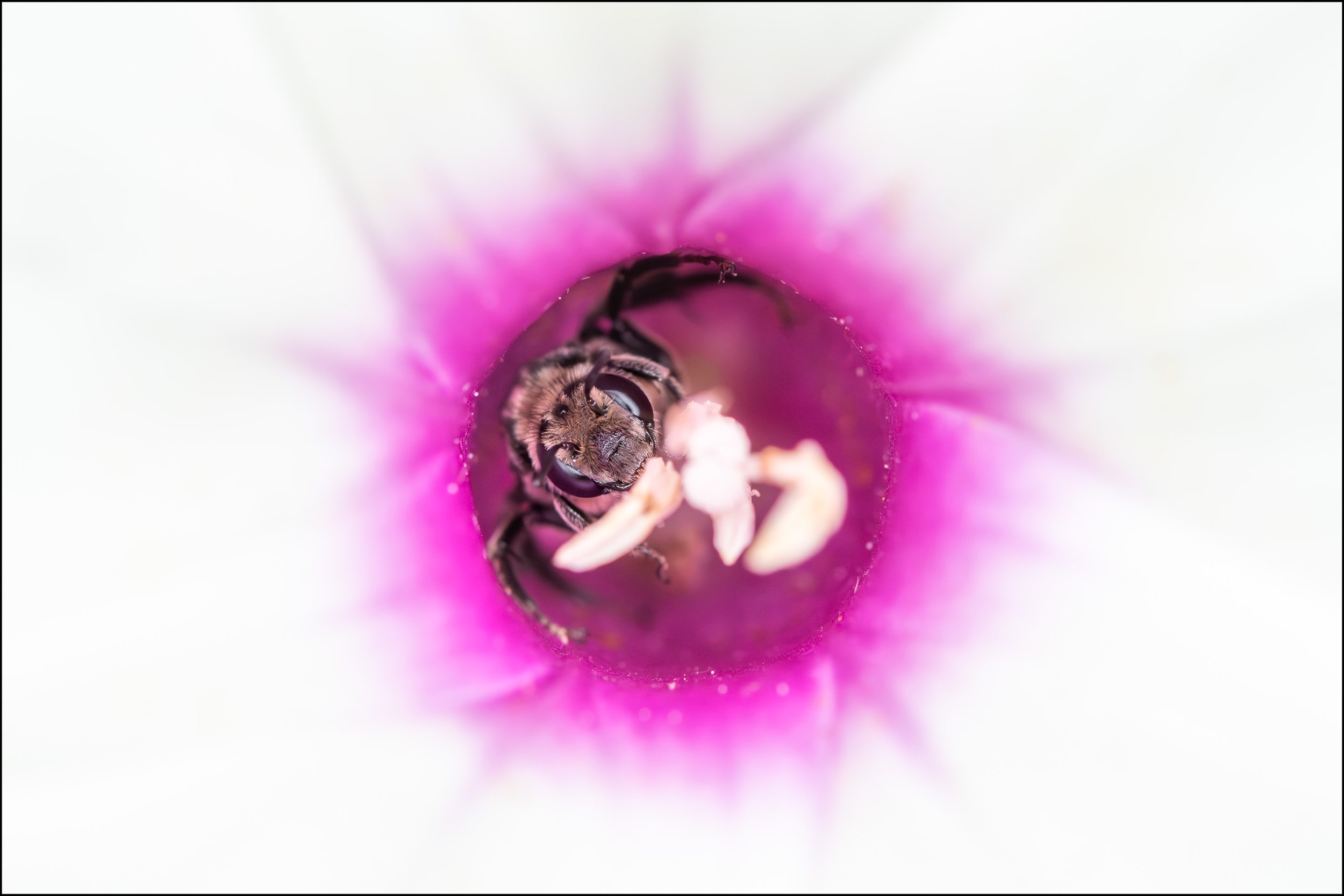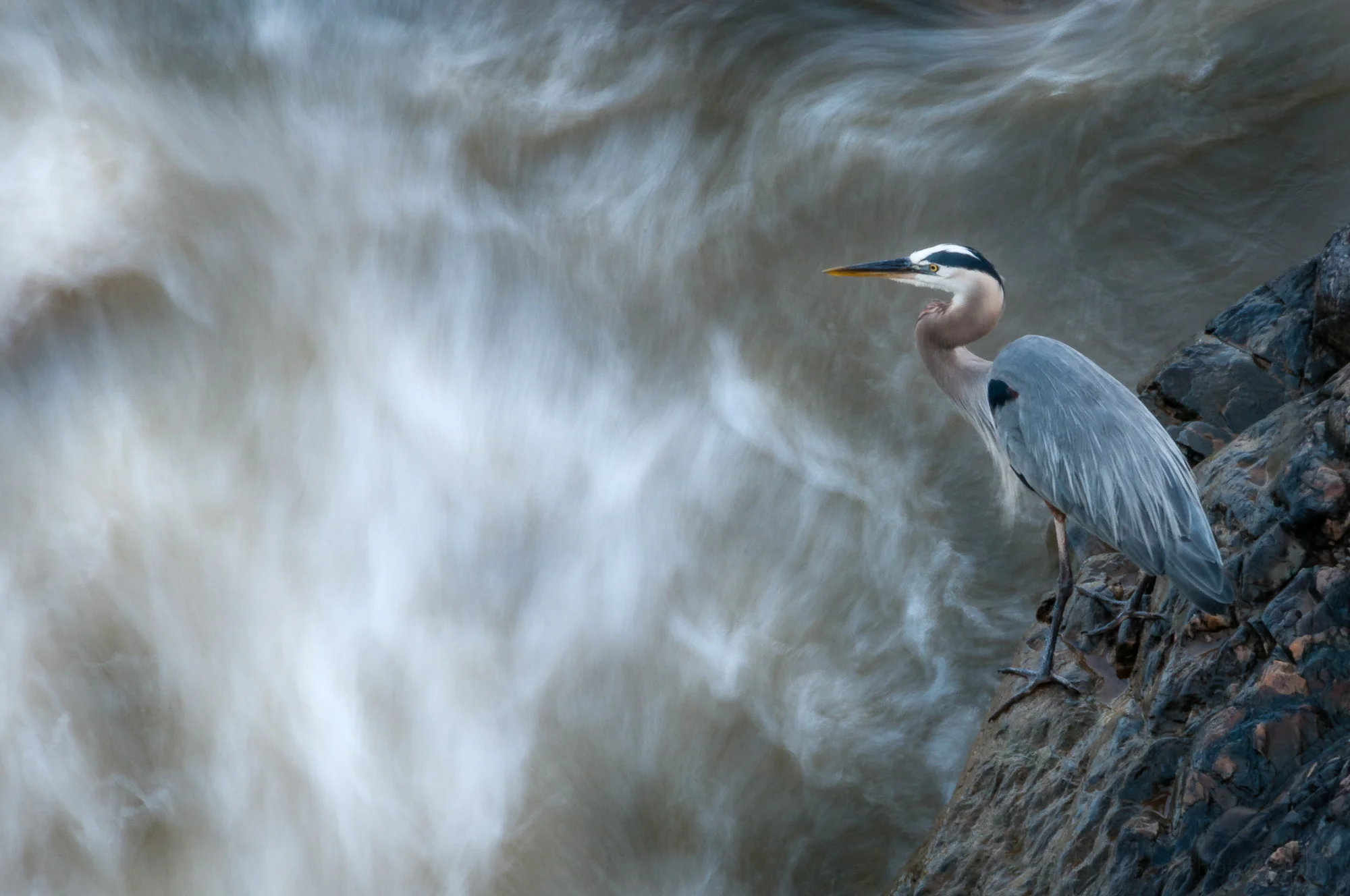One recent morning I found myself walking through Dyke Marsh Wildlife Preserve with family and friends. I don’t get to this particular location too often, which is a shame, as it’s a beautiful little spot. It resides on a fairly small tract of land along the Potomac River just south of Alexandria, Virginia, and borders a local marina, so you can observe both wildlife and people on various sorts of watercraft.
I photographed anything that caught my eye, and this particular day it amounted to a nice selection of subjects, from plant life to wildlife to sailboats. Below are a selection to give you a feel for some of the opportunities this preserve offers.
Birds
A male Red-winged Blackbird perched atop a dead tree.
One of the more common inhabitants of local wetlands are Red-winged Blackbirds. The males are easy to identify by the patches of red, and sometimes yellow-white, on their shoulders. This particular blackbird kept flying back and forth between perches.
An adolescent Common Grackle resting on a fallen tree.
Another very common bird in this area are Common Grackles. I saw an adult fly off, very easy to identify because of their very striking eyes. Just afterwards I noticed movement down below and saw an adolescent Common Grackle perched on a fallen tree. This may be the first of these I’ve photographed, and if not for having just seen the adult I might have had a harder time identifying this young grackle. It doesn’t yet have the distinctive eye color of the adults, and its plumage hasn’t yet gained the iridescent quality it one day will.
A male Orchard Oriole far off in the distance. This photo is cropped to the extreme to let you see this beautiful bird.
A species I don’t see as often is the Orchard Oriole. This particular very colorful male was quite a ways off. I saw a streak of color and aimed my lens in that direction. I knew I couldn’t create any interesting artistic photographs from this distance, but I always try to capture photographs of different species. This photo is extremely cropped to zoom in on the bird and show you what it looks like.
A scruffy looking Yellow-shafted Northern Flicker.
A Yellow-shafted Northern Flicker stretching its wing while preening.
On the way out of the preserve I noticed movement high up and saw a woodpecker perched at the top of a dead tree. At first I wasn’t sure of the species. It looked very scruffy with what appeared to be almost dirty feathers. But after seeing the red patch on the back of its head and the yellow in its wings I was able to identify it as a Yellow-shafted Northern Flicker. I’m not sure if it’s an adolescent, or if it may be molting. It’s plumage just didn’t look as nice as I’m used to seeing. It made all sorts of interesting movements while preening, and I’ve shown a couple here.
A Hairy Woodpecker perched atop a dead tree.
Just after the flicker flew off another, smaller, woodpecker flew in to take its place. This one was a Hairy Woodpecker, and it proceeded to preen itself as the flicker had, though not in quite as interesting a fashion.
Mammals
A posing Eastern Gray Squirrel. They may be common, but I still enjoy photographing them.
The most common mammal to be seen in these sorts of locations are probably Eastern Gray Squirrels. And as common as they are I still find them a fascinating species that I love photographing. I really liked the pose of this squirrel as it sat atop the remains of a downed tree looking out over a small clearing in the woods beside the trail.
Reptiles
The front portion of a Black Rat Snake resting just off the trail.
This preserve is home to several species of snake, one of which is the Black Rat Snake. We saw two of these this trip, though I only photographed this one. I wasn’t able to get the entire snake in the frame, so this photo is just the upper portion.
A Five-lined Skink resting atop a wooden post.
Lizards are also abundant in these parks. The most common species is probably the Five-lined Skink, which is what all these photographs are of. We found one skink resting on the top of a wooden post by a bridge over some water. It was resting, completely indifferent to our presence. Many lizards I’ve encountered will run off before long when they realize you’ve noticed them, but not this one.
A male and female Five-lined Skink. The male is in the background, with a larger head and redder face. The female is in the front, with a smaller head and more orange/yellow face.
A juvenile Five-lined Skink, darker than the adults with a bluer tail. Click on the photo to see a larger view, then look closely just to the right of its front leg. It has a tick embedded on its back.
On the way out of the park we saw a few more. Two adults were hanging out together. The male has the larger redder head. And we saw a juvenile Five-lined Skink, which is darker than the adults. This poor thing was host to a tick. Click on the photo for a larger view, then look on its back near its front legs. This is the first time I’ve seen a tick on a reptile.
Plants and Fungi
A blooming Yellow Flag Iris. These were all over the wetlands.
The water throughout the wetlands was full of blooming Yellow Flag Iris, absolutely beautiful yellow flowers. Most were in the later stages of blooming, beginning to lose petals. But I found one that still looked reasonably nice.
A cluster of fungi growing on a log just off the trail.
And of course, you can find fungi and mushrooms almost anywhere. This small patch of rather large ones was growing off a fallen tree. I’m unsure of the species.
Watercraft
A moored sailboat on the Potomac River
Dyke Marsh has a trail that leads out onto a small boardwalk on the river. On one portion of the boardwalk we saw this lone moored sailboat in the Potomac River, with very small amounts of mist still hovering around the far shore. We also watched a number of folks in kayaks maneuvering through the narrow channels of the wetlands. It looks like a great way to see things we might not be able to from the trail.
Parting Thoughts
This is just a small sampling of what you might find at Dyke Marsh Wildlife Preserve, or in many of these sorts of locations. I love visiting these locales as there’s always something to see, even on slow days.
If you do ever happen to visit Dyke Marsh be aware the trail can flood. It is a tidal wetlands and the water level of the Potomac does vary quite a bit. When we visited there were large flooded patches, but not so much we weren’t able to slog through them to the boardwalk.
Do you enjoy these posts?
Sign up to receive periodic emails with updates and thoughts. Don’t worry, I won’t spam you. And please consider purchasing artwork or products from my online store, and using my affiliate links in the sidebar to the right when shopping online.
I appreciate your support!


